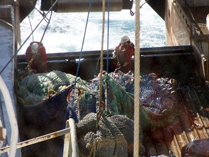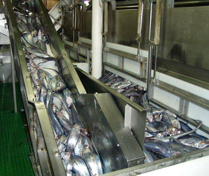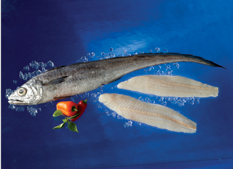
Hoki

Market Name: Eating QualitiesHoki’s flesh is moist, white and delicate with few bones. It flakes easily and is excellent for forming into fish block.
Hoki is the most abundant commercial fish species in New Zealand. Hoki are long lived fish, reaching up to 25 years of age.
|
Description & CharacteristicsThis fine white fillet is caught in the clear waters of the New Zealand Economic Fishing Zone and frozen on board within hours of being brought from the water, using the most modern processes to ensure the best quality available. New Zealand’s hoki fishery is managed by strict quotas, which allow only a set amount of hoki to be taken commercially each year. Hoki is an offshore mid-water species fished mostly by factory trawlers capable of processing and freezing hoki catches at sea year round. The main fishing season runs for around 10 weeks between June and September during spawning. Hoki feed in mid-water on crustaceans, including shrimps, small fish and squid. Hoki has been certified sustainable by the Marine Stewardship Council since 2001 and re-certified in 2007. The Hoki fish is distantly related to hake fish and looks similar to grenadier. It reaches about three pounds and is found throughout New Zealand waters, but the main fishing grounds are off the west coast of the South Island, southern Australia and the southern tip of South America. The hoki flesh is similar to whiting flesh, fairly soft but moist and white when cooked. The lateral fat line must be removed in fillets and fish blocks. Hoki with the lateral line has a fairly short shelf life. New Zealand’s hoki fishery is managed by strict quotas, which allow only a set amount of hoki to be taken commercially each year. Hoki is an offshore mid-water species fished mostly by factory trawlers capable of processing and freezing hoki catches at sea year round. The main fishing season runs for around 10 weeks between June and September during spawning. Hoki feed in mid-water on crustaceans, including shrimps, small fish and squid. Today the majority of hoki landed is used for prime whitefish portions and ready-to-cook battered and breaded fish meals. However, there is still a steady interest for layer-packed and IQF frozen hoki fillets. New Zealand processors pack premium loins, as well, with the center-cut of the fillet after removing the lateral line. The rest of the fillet is used for fish blocks.
The major markets for hoki are the United States and Europe which together account for over half of New Zealand’s exports. Japan and Australia are two other important markets. Other Resources |
Handling Instructions for Hoki
Frozen hoki fillets should be stored at or below 0°F (-18°C) and then thawed properly when ready to cook. The frozen shelf life of our hoki is 24 months. Links to proper seafood handling instructions: NOAA - Fish Watch: Handling Seafood and A Consumer Guide to Safe Seafood Handling.
Thawing Hoki
Thawing is accomplished by placing the fillets in a sealed plastic container or bag and placing in the refrigerator (33 to 39°F) for 12-24 hours. This is our recommended thawing method for fillets. Fillets that are not consumed promptly after thawing need to be refrigerated between 33 and 39°F and totally consumed in 2-3 days.
Important Instructions for Hoki
Cooking the fillets immediately after proper thawing yields the best quality.
The Federal Food, Drug and Cosmetic Act now requires that all foods that are not raw agricultural commodities and that contain a major food allergen be labeled to clearly identify the name of the food source form which the allergen is derived. (21 CFR U.S.C. 343(w)(1)). The act defines eight foods, and any ingredients derived from these foods as major food allergens: Fish, Crustacean Shellfish, Milk, Eggs, Tree Nuts, Peanuts, Wheat & Soybeans. The name of the food source that must be listed on the label for fish or crustacean shellfish must be the specific type of fish or crustacean shellfish. The market names of species of fish and crustacean shellfish should be used to identify the food source of these two major food allergens. If you intend to re-pack these seafood products, be sure the allergen is declared in either one of two ways:
1) Within the list of ingredients
or
2) In a separate “Contains” statement immediately after or adjacent to the list of ingredients.
Consult the Fish and Fishery Products Hazards and Controls Guidance, Fourth Edition, Chapter 19 for more detailed information on the labeling of food allergens.
Cooking Tips
Hoki fillets can be prepared using a wide variety of cooking techniques. Links to hoki fillet cooking tips and recipes.
New Zealand
Long associated with lamb and wool production, high rugged mountains, and spectacular scenery, New Zealand is also a major seafood exporting country. While New Zealand produces only one percent of the world’s seafood, seafood is the country’s fifth largest export—destined for markets all over the world where the country’s excellent fisheries management has earned the “New Zealand” brand high marks for environmental sustainability and high quality.
The leading seafood products exported from New Zealand include Hoki, Squid, Greenshell™ Mussels, Rock Lobster, Orange Roughy, and Abalone. Key export markets for New Zealand are Japan, the USA, Europe, Hong Kong, Australia and Asia.
Please check out Talley's Deep Sea Divison.
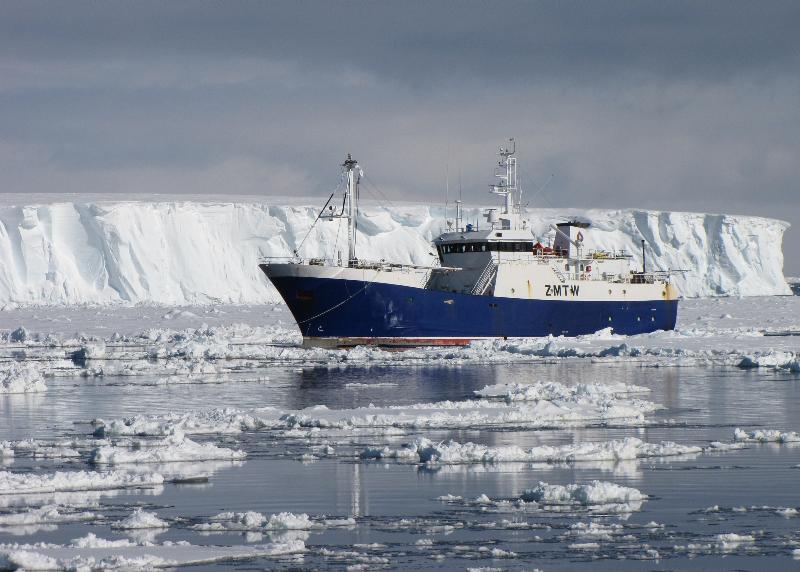
|
|
Go Blue! Seafood Sustainability Spectrum*Click here for an explanation of our Sustainability Spectrum 
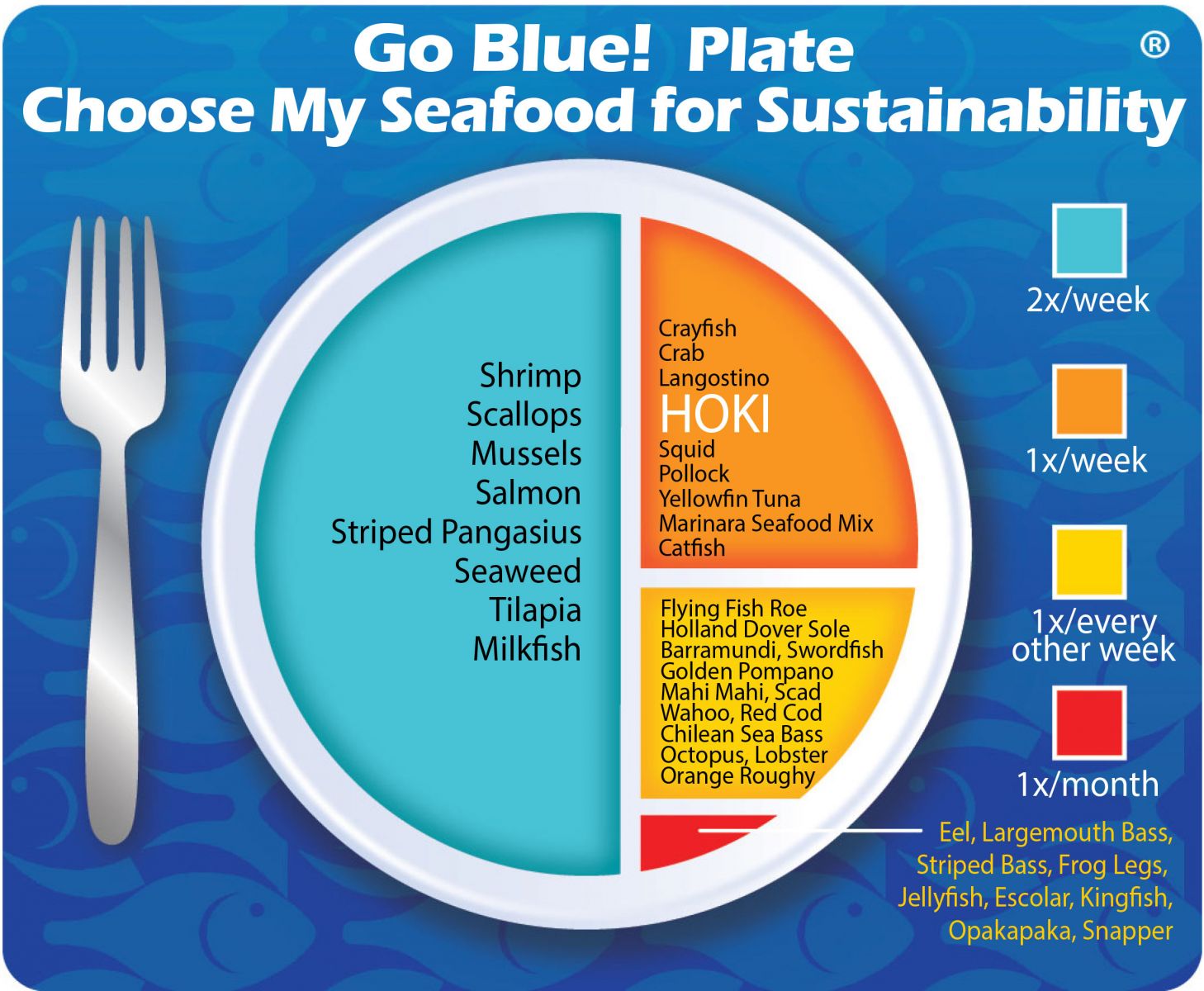
Environmental Impact: LowHoki is well managed and stock assessments take place regularly. However, the substantial numbers of fur seal deaths pose a potential issue for the Hoki fishery. In addition, because the Hoki fishery is, in part, a demersal (bottom) trawl fishery, there is concern that there may be negative impacts on seafloor habitats.
Sustainability Improvements NeededMitigation of fur seal interactions should be explored by both scientists and the fleet (e.g., cooperative research, gear modifications). Also, a greater understanding of the extent of sea floor contact by the Hoki fleet would help in assessing whether the Hoki fishery poses a risk to those habitats.
Actions that Sea Port is Undertaking
We created the sustainability assessments for each of our seafood items in order to reveal the existing and potential environmental impacts and risks that are associated with producing them for human consumption. This allowed us to establish the starting position for each of our seafood items along our progressive Go Blue! Seafood Sustainability Spectrum®. These assessments are only a single snapshot in time and because of this, we will continue to assess and update the critical sustainability needs associated with our supply sources and issue updates to the Go Blue! Seafood Sustainability Spectrum® as needed. There is a growing global awareness for the need to assure the sustainability of farmed and wild caught seafood and because of this; all around the world positive changes are rapidly occurring at all levels of the seafood supply chain. We will continue to spread this growing awareness and work with our many industry partners to improve the sustainability of all seafood, which we believe is the ideal protein of choice to feed an ever growing world population. Our Go Blue! Seafood Sustainability Spectrum® serves as our compass and yardstick as we strive to move all our products forward to becoming more sustainable. Please join us in this committed quest and Catch Our Wave® to sustainability by choosing a diverse variety of responsibly produced seafood as part of your diet. New Zealand’s Sustainable Fisheries: Hoki DeepWater Group | Sustainable Oceans - Sustainable Fisheries A Statement on NZ Quota Management System
|


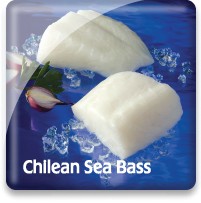
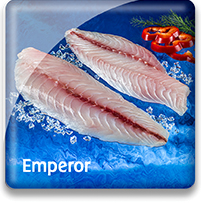
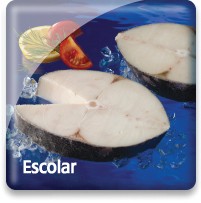


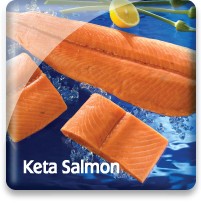
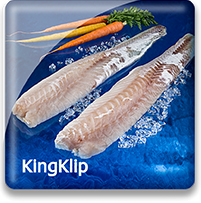

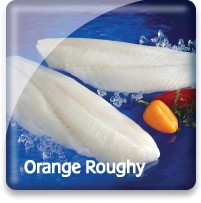


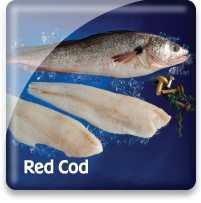
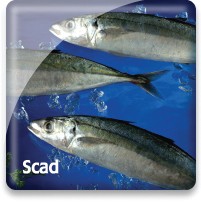
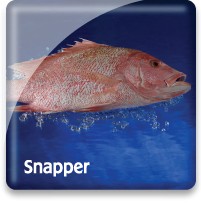
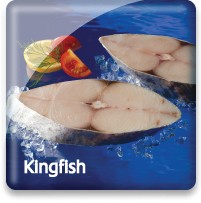






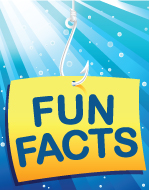
.jpg)
